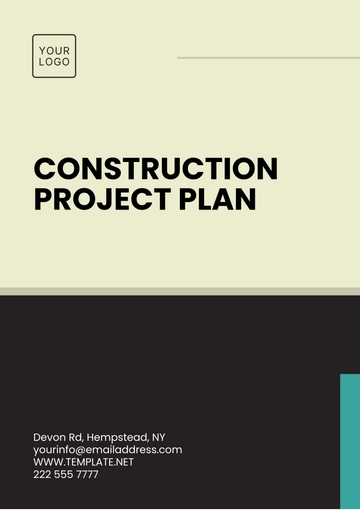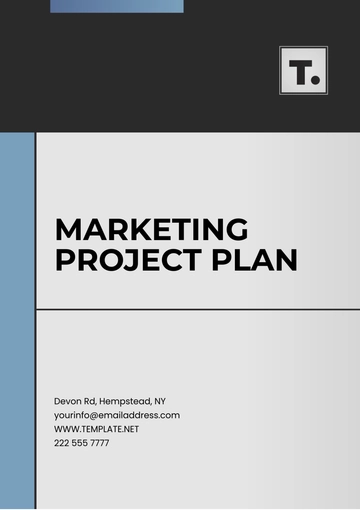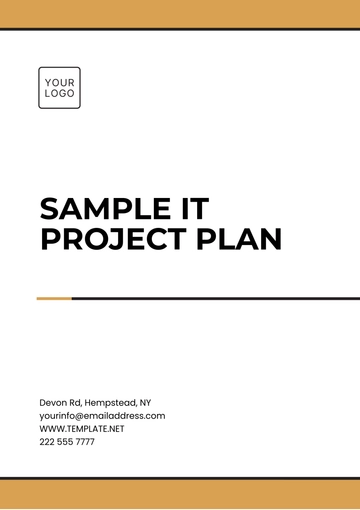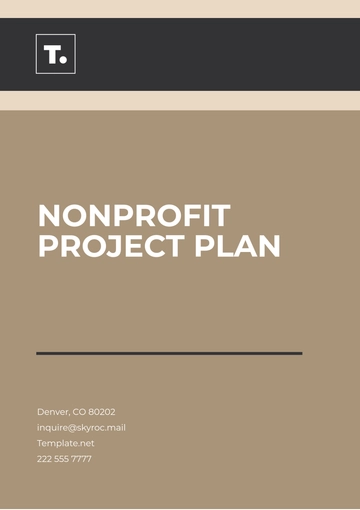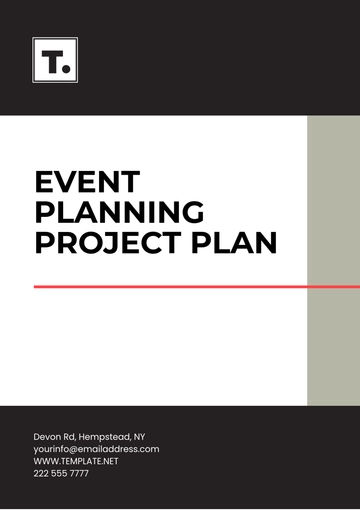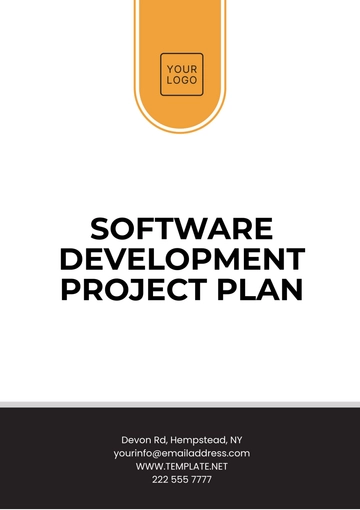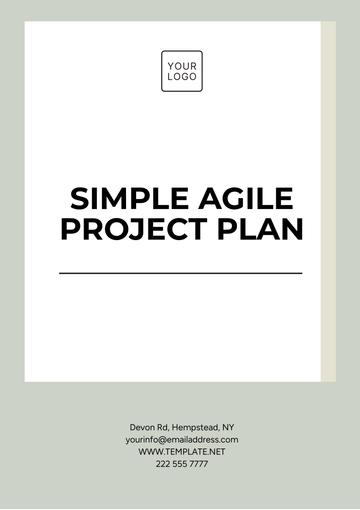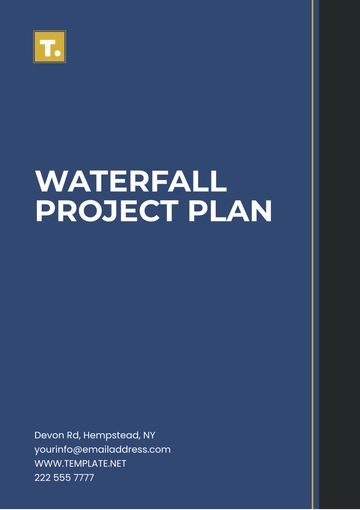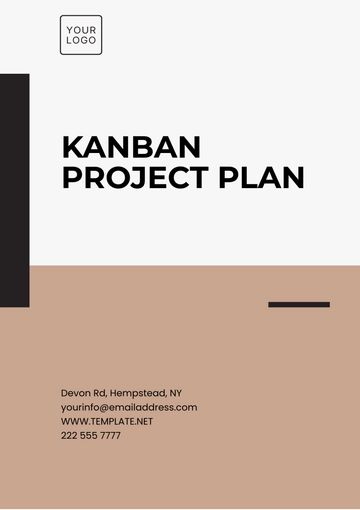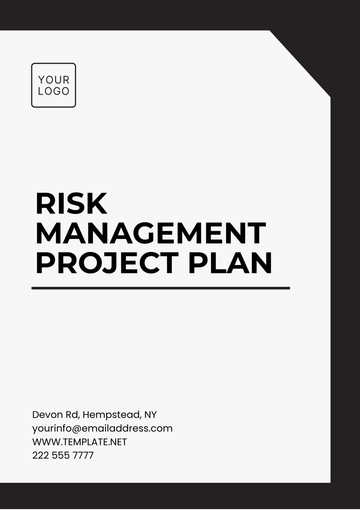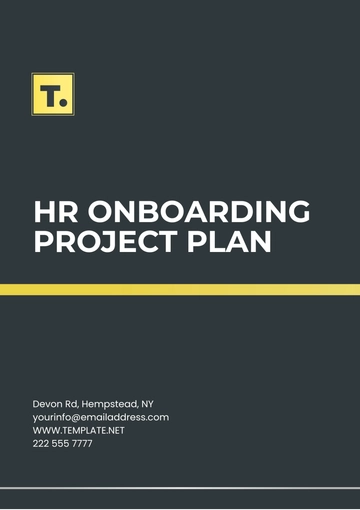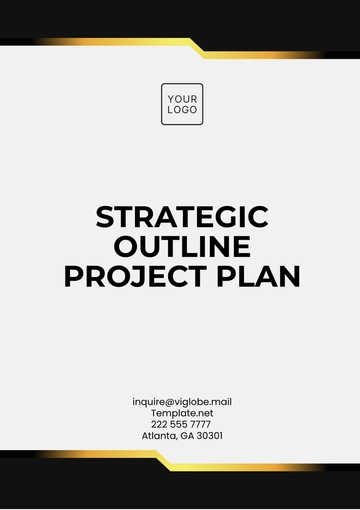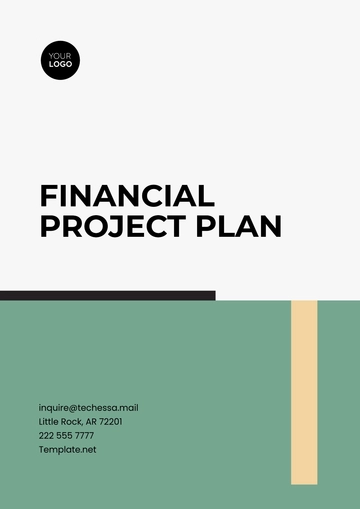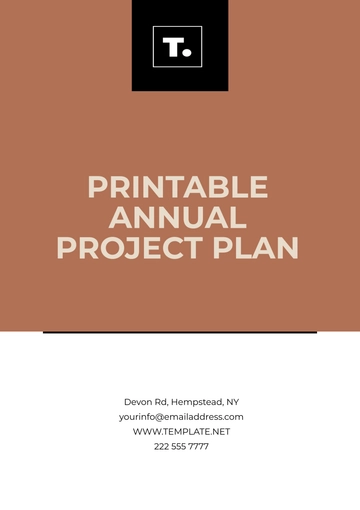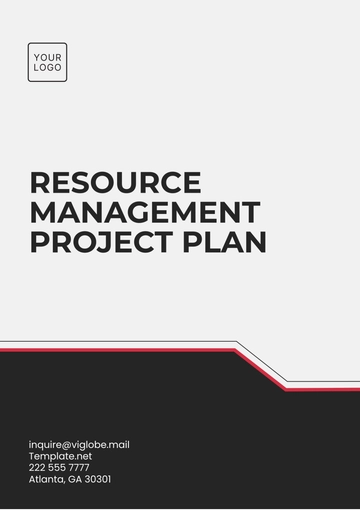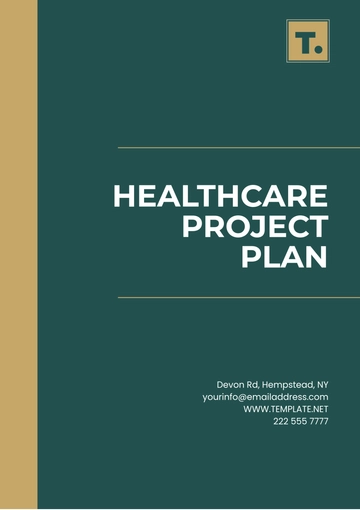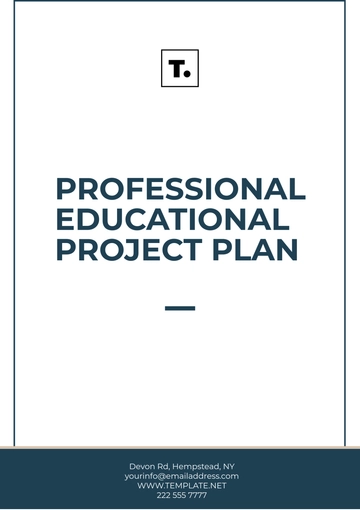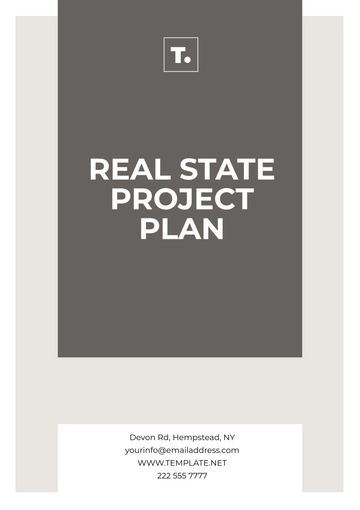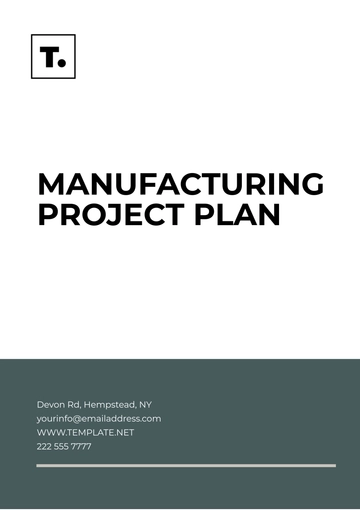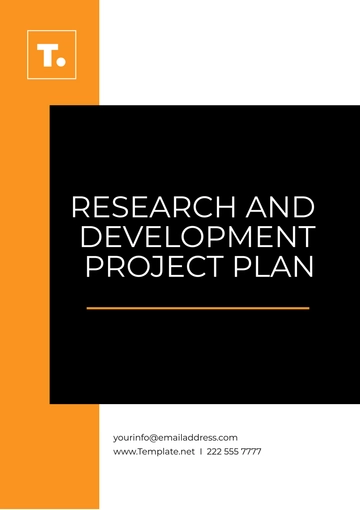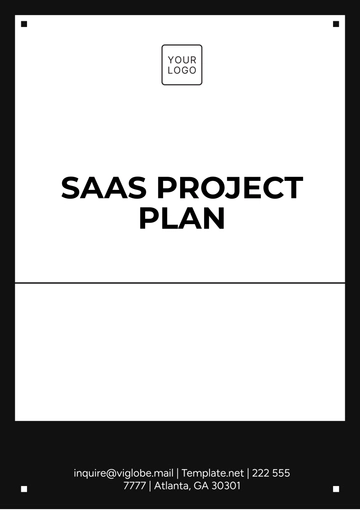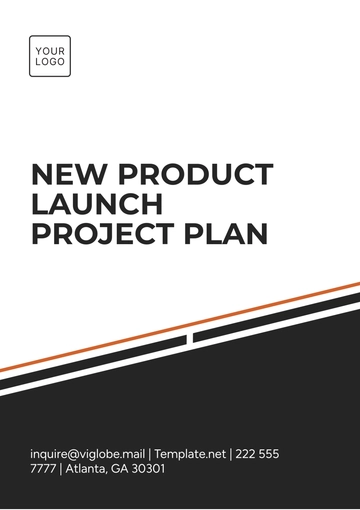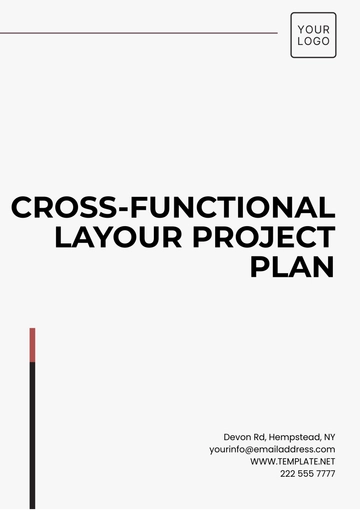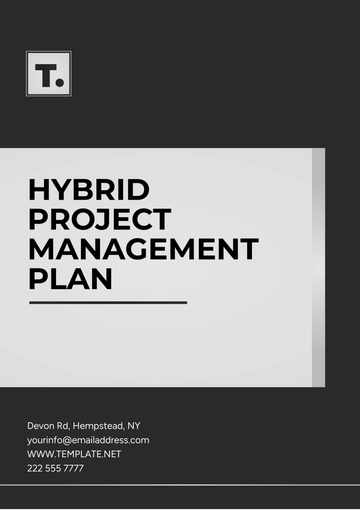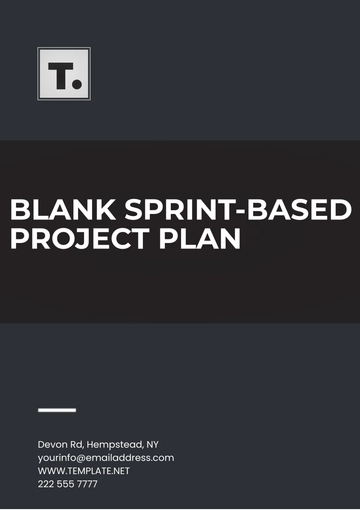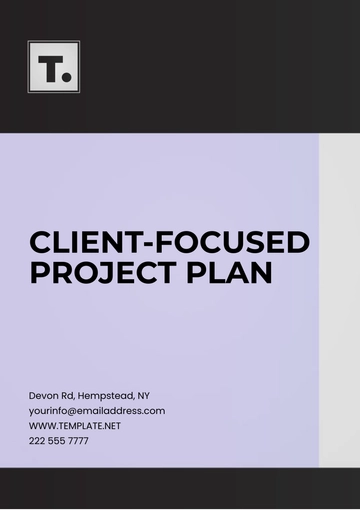Free Nursing Home Facility Renovation Project Plan
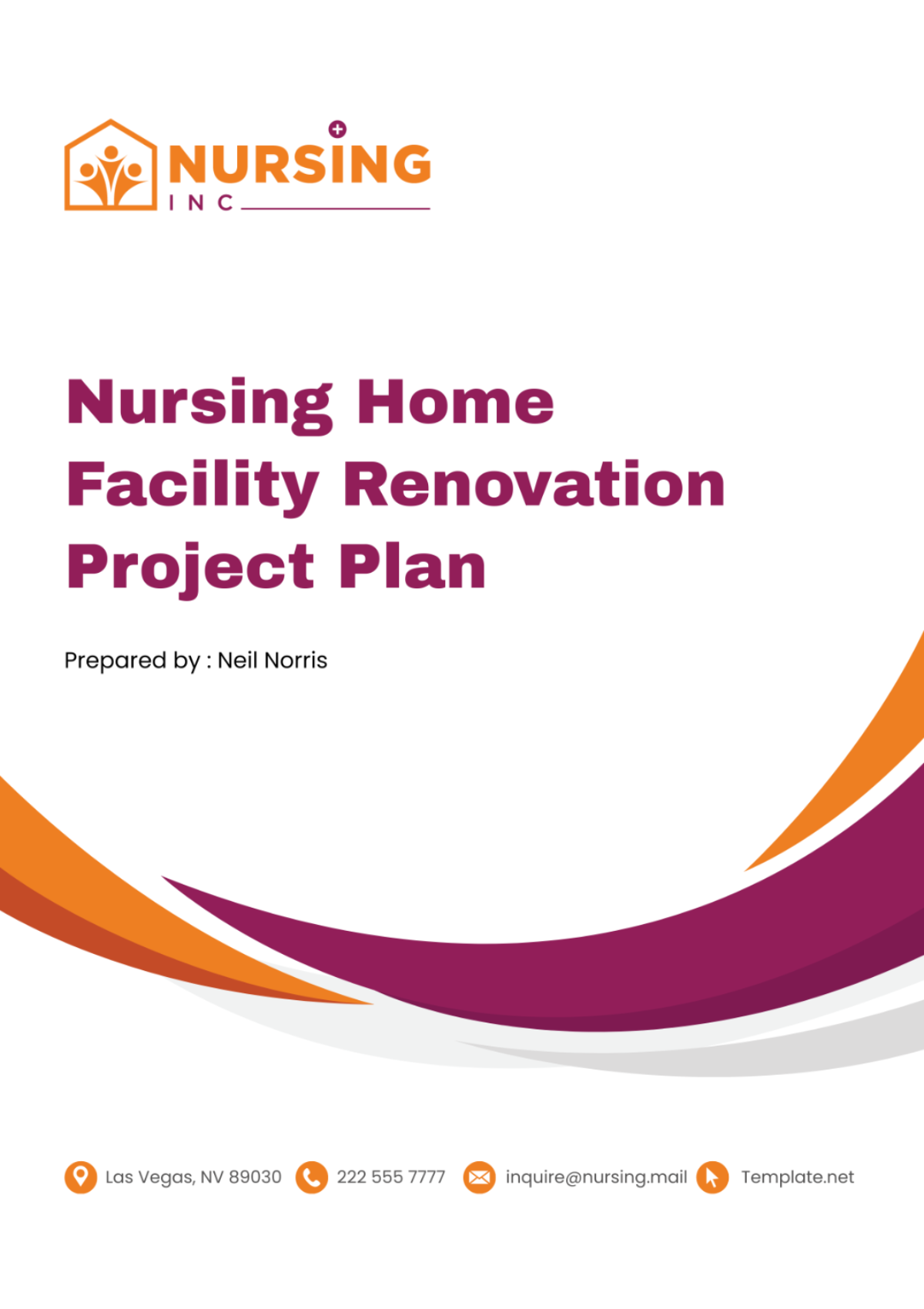
A. Introduction and Project Overview
The primary objective of this comprehensive renovation project is to enhance and modernize our current nursing home facility to meet the evolving needs of our elderly residents. As a cornerstone of our commitment to providing top-tier care, this renovation initiative aims to address structural deficiencies, improve functionality, and elevate the aesthetic appeal of the facility. Our focus extends beyond mere cosmetic enhancements; we aspire to create an environment that fosters comfort, safety, and well-being for our cherished residents.
At the heart of this endeavor lies the recognition of our responsibility to adhere to the highest standards of healthcare regulations and industry best practices. By investing in these vital upgrades, we not only fulfill regulatory requirements but also elevate the overall quality of care provided within our facility. The current condition of our nursing home necessitates significant structural modifications, upgraded features, and revitalized aesthetics. Through meticulous planning and execution, we aspire to transform our facility into a model of excellence in elderly care.
This renovation project represents a pivotal milestone in our ongoing commitment to excellence. By embracing innovation and adhering to stringent standards, we endeavor to create a nurturing and supportive environment where our residents can thrive. We recognize the profound impact that our surroundings have on the well-being of our residents, and this renovation initiative reflects our unwavering dedication to their comfort, dignity, and quality of life.
B. Project Scope
This renovation project includes key areas: common areas, patient rooms, staff rooms, healthcare facilities, kitchens, and bathrooms. The renovation will be extensive, involving structural changes to improve safety features, aesthetic upgrades to enhance the environment, and functional enhancements to facilitate efficient services. Certain necessary areas may be off-limits during the renovation process for safety reasons.
C. Project Timeline and Milestones
The project's estimated duration is [six months], starting from [the first week of January till the last week of June]. The timeline below outlines the key milestones:
Milestone | Timeline |
|---|---|
Planning and Design approval | End of January |
Procurement of Materials | Mid-February |
Rough Construction | End of March |
Finishing Works | End of May |
Inspections and Approvals | Mid-June |
Project Completion | End of June |
D. Budget and Resources
The estimated budget for this project is [$2 million]. This cost includes expenses towards materials, labor, equipment, and other overheads such as permits and inspections. It's essential to have a detailed breakdown of the budget, as represented in the table below:
Categories | Estimated Budget ($) |
|---|---|
Materials | 800,000 |
Labor | 500,000 |
Equipment | 300,000 |
Permits & Inspection | 200,000 |
Contingency Fund | 200,000 |
E. Risk Management
Effective risk management is essential to mitigate potential challenges that may arise during the Nursing Home Facility Renovation Project. Risks associated with this endeavor could jeopardize the proposed timeline, exceed the allocated budget, or compromise the quality of the renovation. Proactive identification and mitigation of these risks are crucial to ensuring the successful completion of the project within the specified parameters.
1. Identified Risks
a. Structural Issues
Unforeseen structural deficiencies or complications during the renovation process could delay progress and incur additional costs.
Mitigation Strategy: Conduct thorough structural assessments prior to construction to identify any potential issues. Engage qualified structural engineers to provide expertise and guidance throughout the project.
b. Material Supply Delays
Delays or disruptions in the procurement of materials could impede construction progress and extend the project timeline.
Mitigation Strategy
Establish relationships with multiple suppliers to mitigate the risk of supply chain disruptions. Maintain open communication with suppliers and implement contingency plans to address any unexpected delays.
c. Cost Overruns
Unforeseen expenses or changes in project scope could lead to budget overruns and financial strain.
Mitigation Strategy
Implement robust budget tracking mechanisms to monitor expenses and identify variances early. Conduct regular reviews to assess budget performance and make adjustments as necessary to align with project objectives.
d. Health and Safety Issues
Construction activities pose inherent health and safety risks to workers and occupants of the facility.
Mitigation Strategy
Enforce strict adherence to safety protocols and regulations on the construction site. Provide comprehensive training to workers and conduct regular safety inspections to identify and address potential hazards promptly.
2. Contingency Planning
In addition to proactive risk mitigation strategies, contingency plans have been developed to address unforeseen circumstances that may arise during the renovation project. These plans outline alternative courses of action and resources to minimize the impact of any disruptions on the project timeline, budget, and quality.
F. Quality Assurance and Compliance
Our proposed renovations will adhere strictly to all relevant building codes, safety regulations, and healthcare-specific accessibility requirements as mandated by federal, state, and local authorities. This includes compliance with the Americans with Disabilities Act (ADA), Fire and Life Safety Codes, Occupational Safety and Health Administration (OSHA) regulations, and other applicable laws and standards. We are committed to ensuring that the upgraded facility meets or exceeds all regulatory requirements to provide a safe and accessible environment for residents, staff, and visitors.
1. Quality Assurance Process
A comprehensive quality assurance process will be implemented throughout the duration of the capital improvement project. This process will encompass the following key elements:
a. Pre-construction Planning: Prior to commencing any renovation work, detailed plans and specifications will be developed in consultation with architects, engineers, and construction professionals. These plans will be reviewed to ensure alignment with regulatory requirements and best practices.
b. Material Selection and Procurement: All materials used in the renovation, including construction materials, fixtures, and equipment, will be carefully selected to meet quality standards and regulatory specifications. We will source materials from reputable suppliers with a proven track record of compliance and reliability.
c. Construction Oversight: Experienced project managers will oversee all construction activities to ensure that work is carried out according to approved plans and specifications. Regular site inspections will be conducted to monitor progress, identify any deviations from the plan, and address issues promptly.
d. Testing and Inspection: Throughout the construction process, independent testing and inspections will be conducted to verify the quality and integrity of workmanship. This may include structural inspections, electrical and plumbing inspections, fire safety inspections, and accessibility assessments.
2. Ongoing Compliance Monitoring
Following completion of the renovations, we will implement a system for ongoing compliance monitoring to ensure that the facility continues to meet regulatory requirements over time. This will involve periodic inspections and assessments to identify any maintenance or corrective actions needed to maintain compliance with building codes, safety regulations, and accessibility standards.
G. Communication and Stakeholder Management
To facilitate transparency and engagement throughout the capital improvement project, a comprehensive communication plan will be implemented. This plan will ensure regular updates and effective communication with all stakeholders, including facility management, staff members, patients, and their families. Clear and consistent communication channels will be established to disseminate relevant information, address concerns, and solicit feedback throughout the renovation process.
Stakeholder Identification and Roles |
Key stakeholders will be identified at the outset of the project, including facility administrators, department heads, frontline staff, residents, and their families. A stakeholder analysis will be conducted to understand their interests, concerns, and communication preferences. Roles and responsibilities will be clearly defined for each stakeholder group, outlining their involvement in decision-making, implementation, and feedback processes. |
Feedback Mechanisms |
Feedback mechanisms will be established to facilitate open communication and collaboration with stakeholders. This may include suggestion boxes, feedback forms, regular meetings, and dedicated communication channels such as email updates, newsletters, and bulletin boards. These platforms will provide stakeholders with opportunities to voice their concerns, share suggestions, and contribute to the decision-making process. |
Stakeholder Expectation Management |
Managing stakeholder expectations will be a priority throughout the project to ensure alignment with project goals and timelines. Regular updates will be provided to stakeholders regarding project progress, milestones, and any potential impacts on operations or services. Proactive communication will help manage expectations and address any concerns or misunderstandings in a timely manner. |
Accommodating Stakeholder Suggestions |
We recognize the importance of incorporating stakeholder feedback into the renovation process to ensure that their needs and preferences are considered. Feedback received from stakeholders will be carefully reviewed and evaluated, and appropriate action will be taken to accommodate valid suggestions while maintaining project objectives and regulatory compliance. |
In conclusion, the Nursing Home Facility Renovation Project Plan reflects our unwavering commitment to enhancing the quality of care and comfort for our elderly residents. By meticulously addressing structural, functional, and aesthetic improvements while adhering to stringent healthcare regulations, we aim to create a nurturing environment that promotes their well-being and dignity. With comprehensive risk management strategies in place and a dedicated team poised for execution, we are confident in our ability to successfully transform our facility into a beacon of excellence in elderly care. Together, we embark on this journey towards a brighter future for our residents and reaffirm our steadfast dedication to their health and happiness.
- 100% Customizable, free editor
- Access 1 Million+ Templates, photo’s & graphics
- Download or share as a template
- Click and replace photos, graphics, text, backgrounds
- Resize, crop, AI write & more
- Access advanced editor
Enhance your facility with the Nursing Home Facility Renovation Project Plan Template from Template.net. This editable and customizable template outlines the scope, timeline, and budget for renovation projects, ensuring a well-organized and effective upgrade. Editable in our Ai Editor Tool, it's crucial for improving resident comfort, meeting regulatory standards, and maintaining a competitive edge in your nursing home operations.

